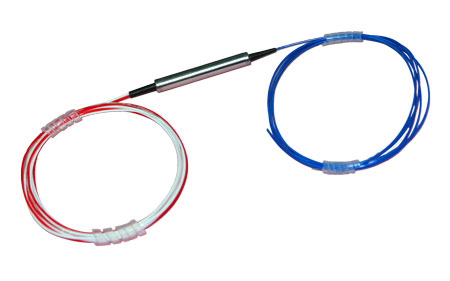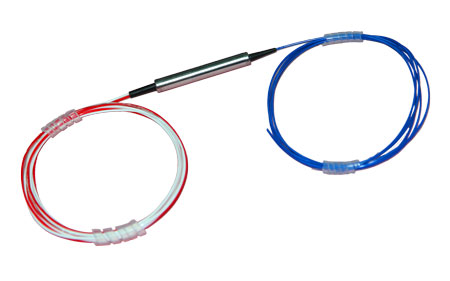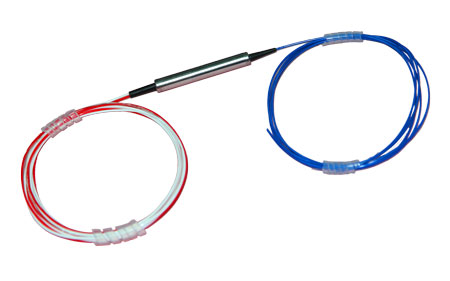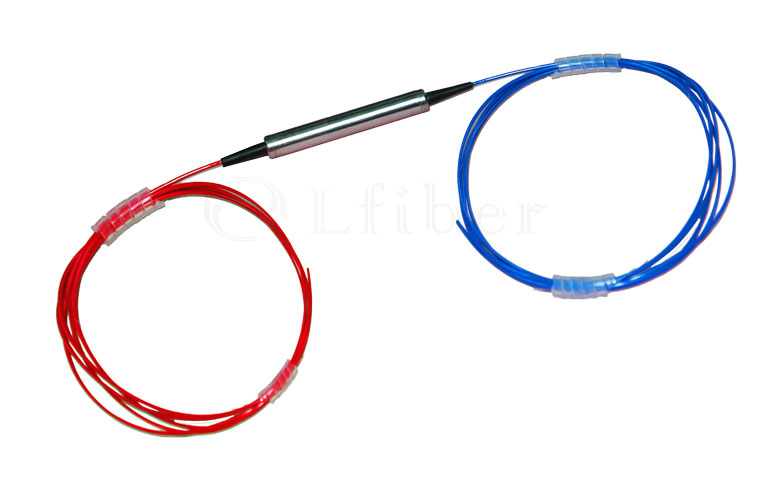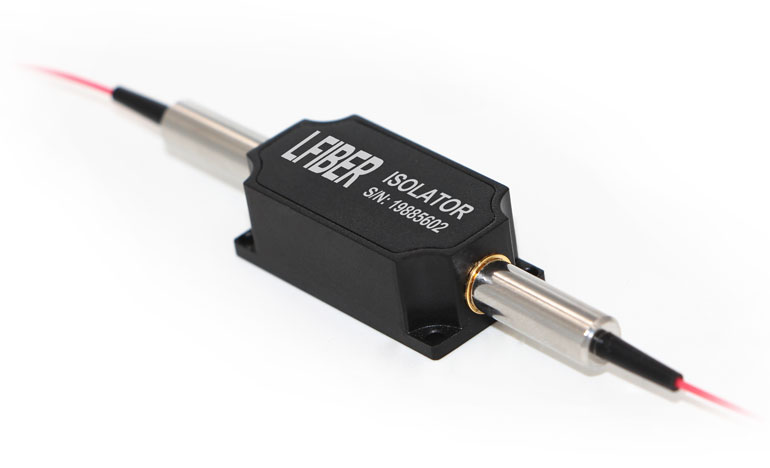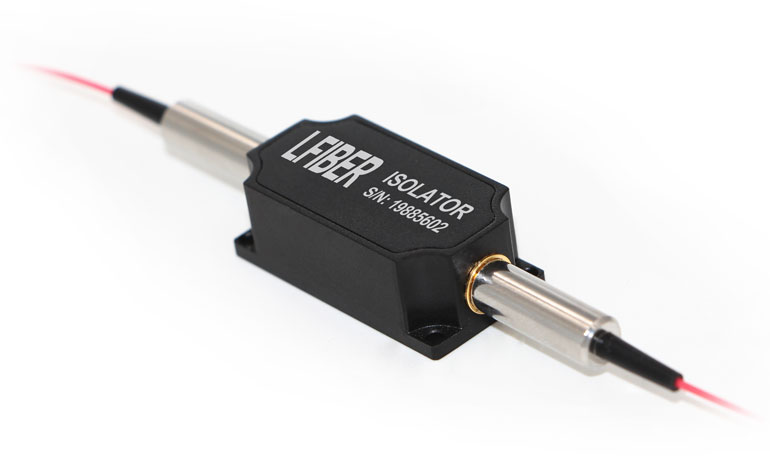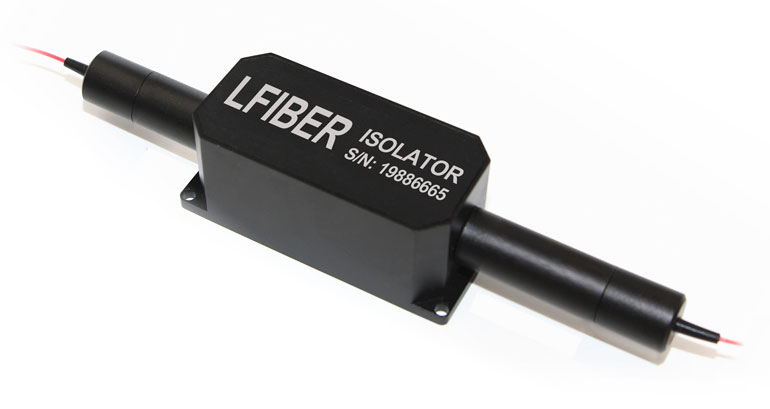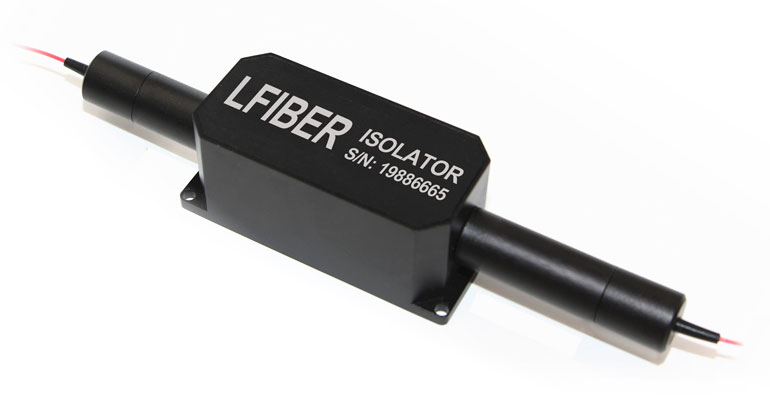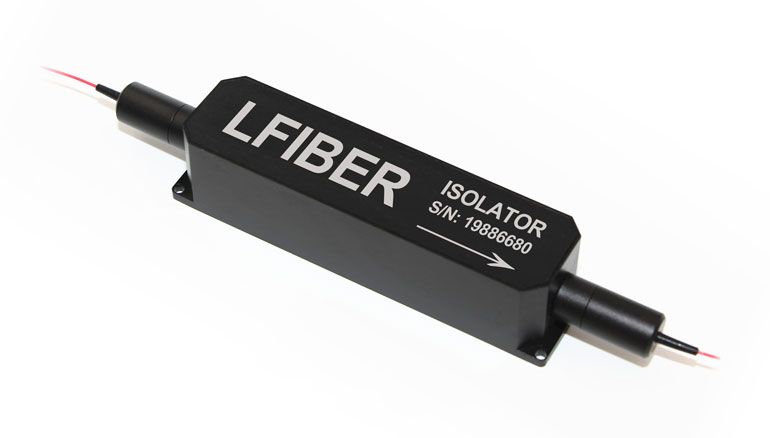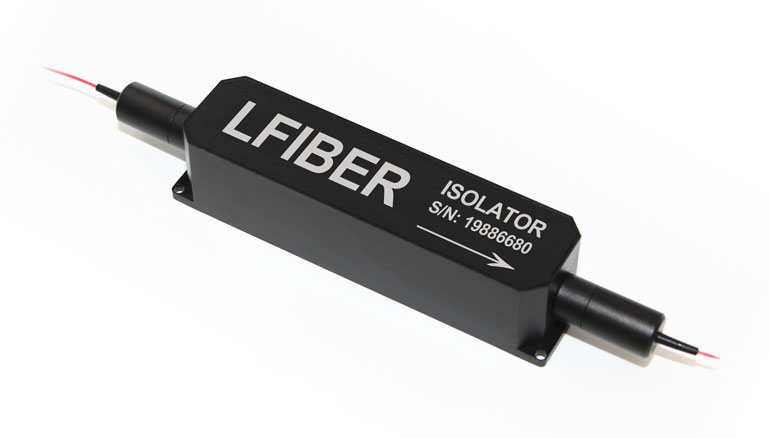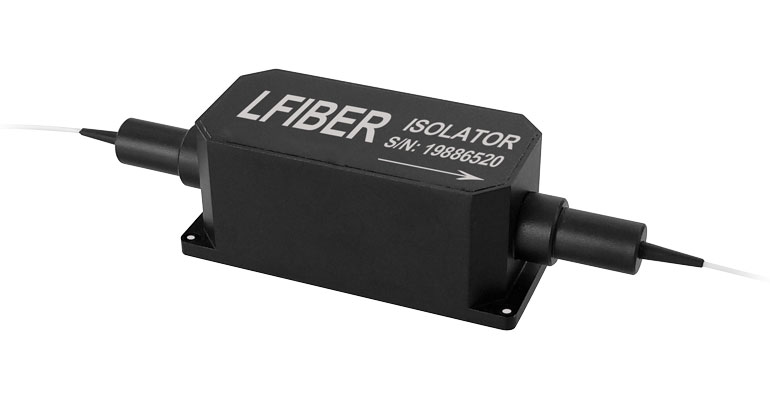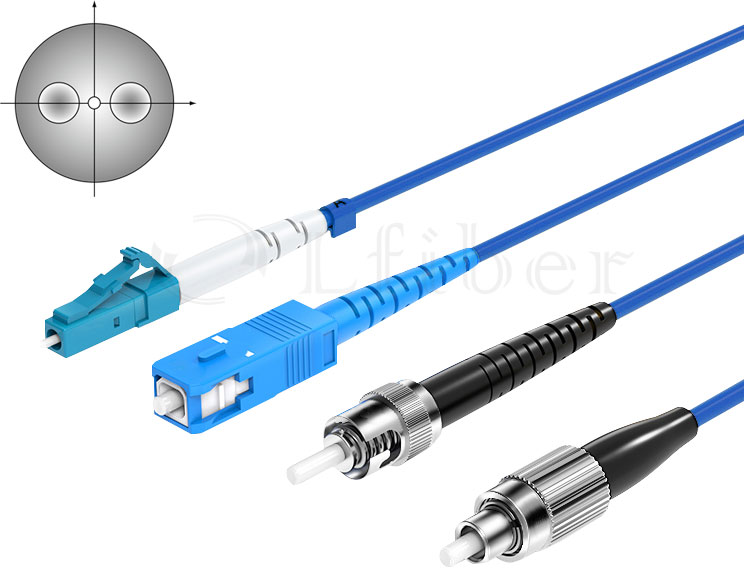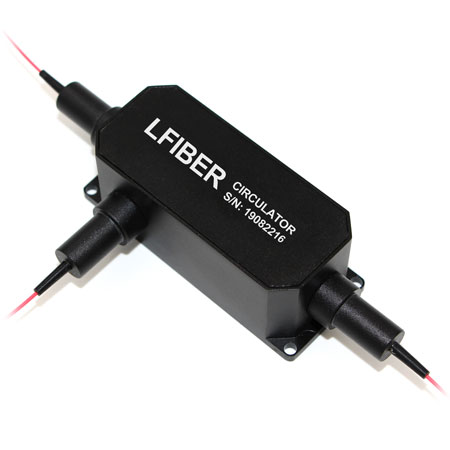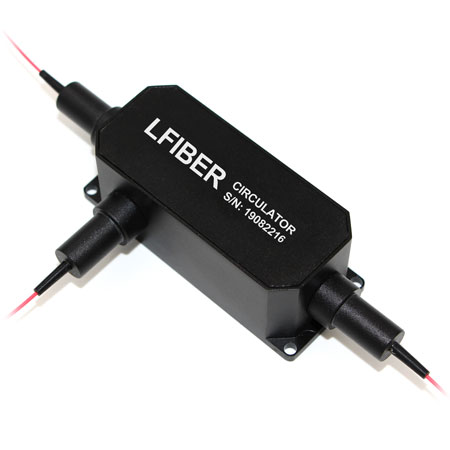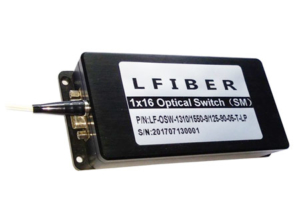Polarization Maintaining Optical Circulator (High Extinction Ratio)
FEATURES OF POLARIZATION MAINTAINING (PM) OPTICAL CIRCULATOR
- Low Insertion Loss
- High Isolation & Extinction Ratio
- High Reliability & Stability
APPLICATIONS OF POLARIZATION MAINTAINING (PM) OPTICAL CIRCULATOR
- EDFA& Raman Amplifier
- Fiber Sensor
- Fiber Instrument
Polarization Maintaining Optical Circulator (High Extinction Ratio, 1064nm 1310nm 1550nm)
Type Type A Type B
Port Type 3 Port 4 Port 3 Port 4 Port 3 Port 4 Port
Center Wavelength (nm) 1310 or 1550 1310 or 1550 1064
Operating Wavelength Range (nm) ±30 ±20 ±5
Typ. Insertion Loss at 23 ℃ (dB) 0.7 1.1 0.6 1.0 1.8 2.2
Max. Insertion Loss at 23 ℃ (dB) 0.9 1.3 0.8 1.2 2.1 2.5
Typ. Peak Isolation 23 ℃ (dB) 46 30 30
Min. Isolation at 23 ℃ (dB) 40 20 25
Min. Extinction Ratio at 23 ℃ (dB) 22 (default), 28 20 (default), 28 20 (default), 28
Min. Cross Talk (dB) 50
Min. Return Loss (dB) 50
Max. Optical Power (CW) (mW) 300
Max. Tensile Load (N) 5
Operating Temperature (°C) -5~+70
Storage Temperature (°C) -40~+85
Notes:
- High extinction ratio greater than 28dB is available only for the 3-port polarization maintaining optical circulator.
- Unless otherwise specified, the slow axis of the fiber is aligned with the key of the PM fiber connector.
- Slow axis working and fast axis blocked as standard, while operating on both the slow and fast axis available on request.
- Working on both the slow and fast axis is available only for 3-port polarization maintaining optical circulator
- For the device with connector, IL is 0.3dB higher, RL is 5dB lower, and ER will be 2dB lower.
- This polarization maintaining optical circulator is customizable and the above specifications are subject to change without notice.
- For product customization or special requirements, please contact Lfiber’s sales department for availability.
Package Dimensions & Routing Characteristics

Routing (Type A & Type B): 1 → 2, 2 → 3

Routing (Type A): 1 → 2, 2 → 3, 3 → 4
(Type B): 1 → 2, 2 → 3, 3 → 4, 4 → 1
Ordering Information of Polarization Maintaining Optical Circulator (High Extinction Ratio)
Center Wavelength Port Type Type Axis Alignment Fiber Type Package Dimension Pigtail Type Fiber Length Connector
1064nm 3-Port Type A Slow axis working, fast axis blocked PM1550 Φ5.5×35mm 250μm bare fiber 0.8m None
1310nm 4-Port Type B Fast axis working and slow axis blocked PM1310 Custom … 900μm loose tube 1m FC/UPC
1550nm Both axis working (only for 3-port) PM980 Custom … FC/APC
SC/UPC
SC/APC
LC/UPC
LC/APC
About Axis Alignment of the High-ER Polarization Maintaining (PM) Fiber Optical Circulator
- “Slow axis working and fast axis blocked” means that light on just the slow axis is transmitted from port 1 to port 2, from port 2 to port 3, and also from port 3 to port 4; Fast axis light is blocked in the forward direction. In the backward direction (from port 2 to port 1, from port 3 to port 2, and from port 4 to port 3), both the slow and fast axis light are blocked
- “Both axis working” means that both the slow and fast axis light are transmitted in the forward direction, both the slow and fast axis light are blocked in the backward direction.
